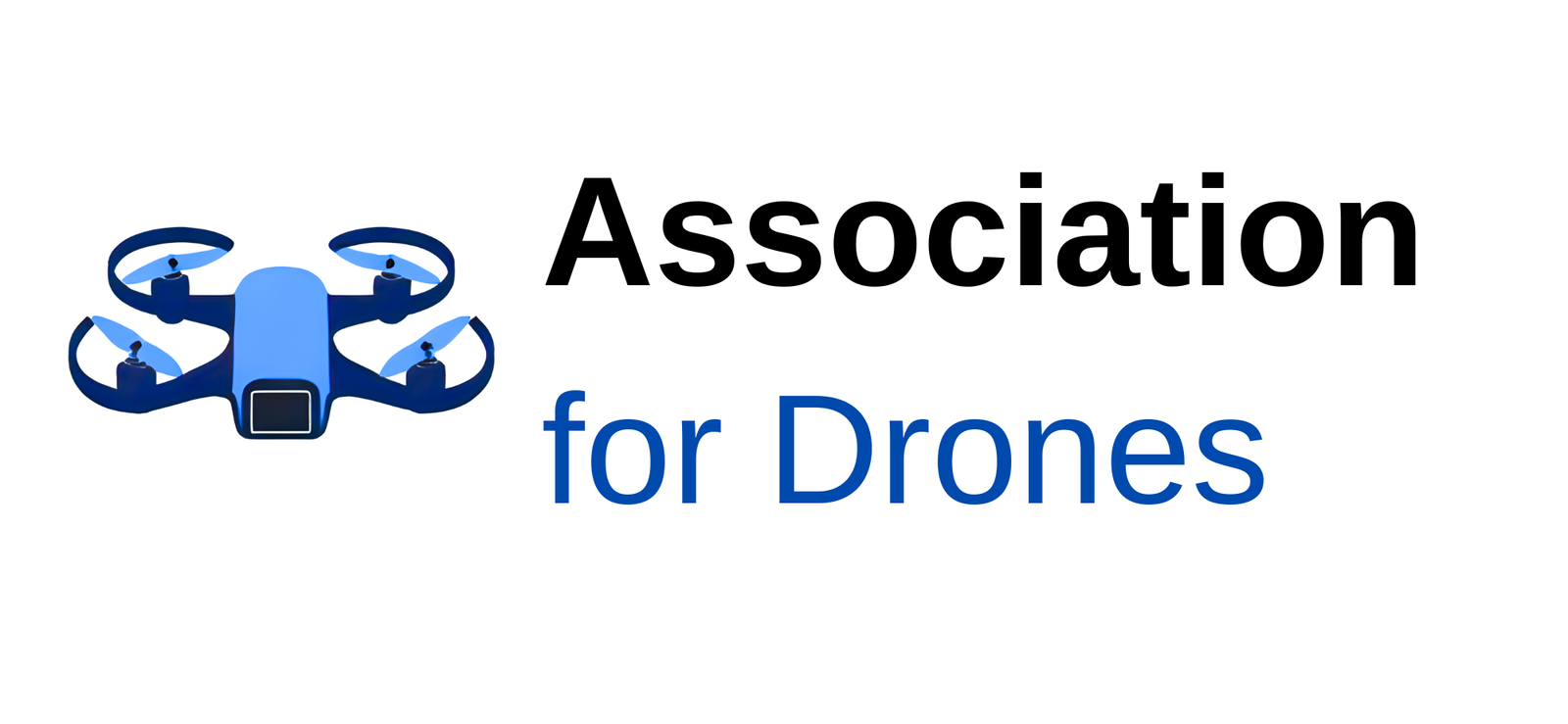The drone industry is evolving rapidly, but no startup can scale alone. Hardware, regulations, data, and connectivity all require resources and expertise that small companies rarely have in-house. That’s why some of the most exciting developments in the drone space come from partnerships between nimble startups and global tech giants.
These collaborations bring together startup agility and big tech infrastructure, accelerating adoption of drones across logistics, infrastructure, agriculture, and smart cities.
1. Why Startups and Big Tech Need Each Other
- Startups bring innovation. They move fast, experiment with new drone designs, AI-driven analytics, or vertical-specific solutions.
- Big tech brings scale. Cloud computing, AI, connectivity, and global reach allow startups to deploy at levels they couldn’t achieve alone.
- Shared risks and benefits. Drone startups gain credibility; big tech companies gain entry into a fast-growing industry.
👉 The result: faster market adoption, better data ecosystems, and stronger regulatory influence.
2. Cloud and Data Partnerships
Data is the lifeblood of drone operations—and managing it at scale requires robust cloud infrastructure.
- Microsoft Azure + DroneDeploy: DroneDeploy’s mapping and analysis platform runs on Azure, allowing construction and agriculture clients to process terabytes of aerial imagery.
- Amazon Web Services (AWS): AWS partners with multiple drone companies for AI, computer vision, and real-time data pipelines. Startups leverage AWS IoT Core for command-and-control and fleet management.
- Google Cloud: Drone startups integrate with Google Cloud’s machine learning APIs to analyze aerial data, from crop health to traffic patterns.
👉 These partnerships allow startups to focus on domain-specific insights while relying on cloud giants for heavy lifting.
3. Connectivity and 5G Integration
Reliable communication is essential for BVLOS (Beyond Visual Line of Sight) and fleet operations. Telecom and big tech firms are key players here.
- Verizon + Skyward (before divestment): Integrated drones into Verizon’s 4G/5G networks, proving large-scale connectivity for operations.
- AT&T and T-Mobile: Partnering with drone startups for 5G-enabled inspection and emergency response.
- Satcom providers + drone firms: Partnerships with companies like Viasat and Inmarsat extend connectivity into rural and offshore regions.
👉 Expect 5G and hybrid satcom partnerships to define the next decade of drone scaling.
4. Logistics and Delivery Collaborations
Big tech has been experimenting with drone delivery for years—but many rely on startup expertise.
- Wing (Google/Alphabet) + Local Retailers: Partnerships with Walmart, Walgreens, and smaller startups to expand delivery pilots.
- Amazon Prime Air + Drone Manufacturers: Amazon develops much in-house but often partners with component startups for sensors, autonomy, and navigation.
- Zipline + Big Tech Integrations: Zipline uses advanced logistics software and integrates with partners like Pfizer and Walmart, supported by tech giants’ cloud systems.
👉 Drone delivery isn’t just about aircraft—it’s about ecosystem partnerships between hardware startups, logistics players, and tech platforms.
5. AI and Autonomy Collaborations
Autonomy is the holy grail for scaling drones, and AI is where big tech excels.
- Skydio + NVIDIA: Skydio uses NVIDIA GPUs for real-time computer vision, enabling advanced autonomous flight.
- Parrot + Google AI: Leveraged Google’s TensorFlow for object recognition in drone imagery.
- Startups + Meta / Google Research: Partnerships around mapping, geospatial AI, and AR/VR integration.
👉 These partnerships push drones beyond remote control, making them autonomous, intelligent agents.
6. Smart Cities and Infrastructure
Big tech’s smart city projects increasingly integrate drones.
- DJI + Microsoft Azure IoT: Drones integrated into smart city monitoring and inspection platforms.
- Urban Air Mobility (UAM): Partnerships between eVTOL startups (Volocopter, Joby) and big tech for digital twins, route planning, and fleet management.
- Singapore + Big Tech Firms: Leveraging drones and cloud-based analytics for urban planning, delivery, and traffic monitoring.
👉 Startups working with big tech in cities gain access to massive IoT ecosystems and regulatory sandboxes.
7. Benefits for Startups
- Credibility: Partnering with a Google, Amazon, or Microsoft helps startups gain trust with regulators and enterprise clients.
- Scalability: Access to cloud, AI, and connectivity infrastructure.
- Funding & resources: Partnerships often come with co-investments or joint R&D.
- Market access: Big tech partners open doors to industries like healthcare, energy, or retail.
8. Challenges of Partnerships
Not every partnership is smooth sailing. Startups face risks:
- Dependency: Relying too heavily on one tech giant can create vulnerability.
- IP concerns: Who owns the data and algorithms developed?
- Uneven bargaining power: Big tech may dictate terms, squeezing margins.
- Integration complexity: Startups must adapt to tech stacks that weren’t built for drones.
👉 Founders need to balance strategic alliances with maintaining independence.
9. Looking Ahead: The Next Wave of Partnerships
- AI-first collaborations: Expect tighter integration between drone startups and AI labs.
- Telecom + drone ecosystems: As 5G and satellite connectivity expand, telecom-tech-drone partnerships will scale globally.
- Sustainability focus: Startups will partner with tech firms to position drones as tools for sustainability (carbon monitoring, smart agriculture, green logistics).
- Urban airspace management: UTM/U-space providers will collaborate with big tech on digital air traffic platforms.
Conclusion
The future of drones won’t be shaped by startups or big tech alone—it will be shaped by their partnerships. Startups bring the agility and innovation; big tech brings the scale, infrastructure, and global networks.
Together, they’re creating an ecosystem where drones aren’t just flying machines but integrated digital platforms—powering industries from healthcare to logistics, and cities from the ground up.
The sky may be open, but it will be shared—and built—through collaboration.
